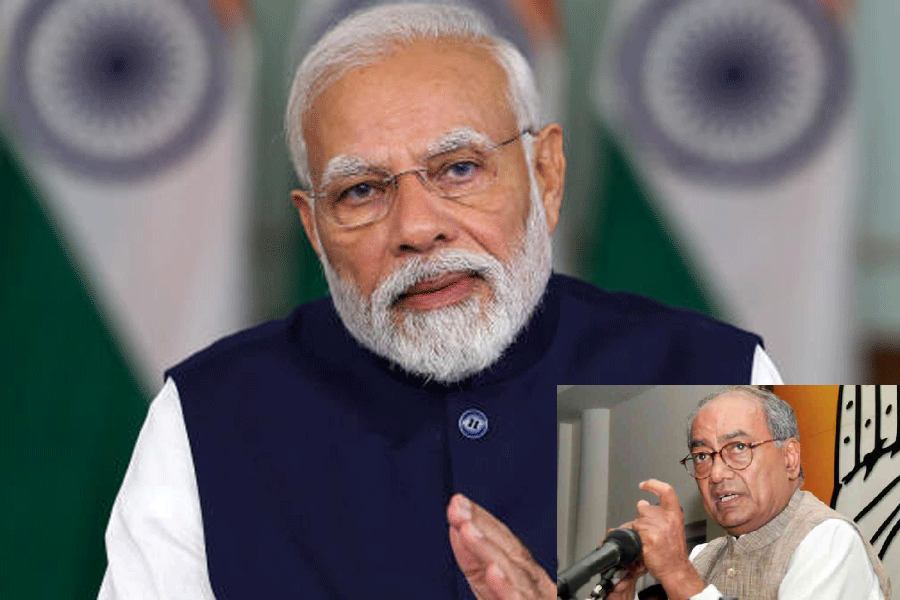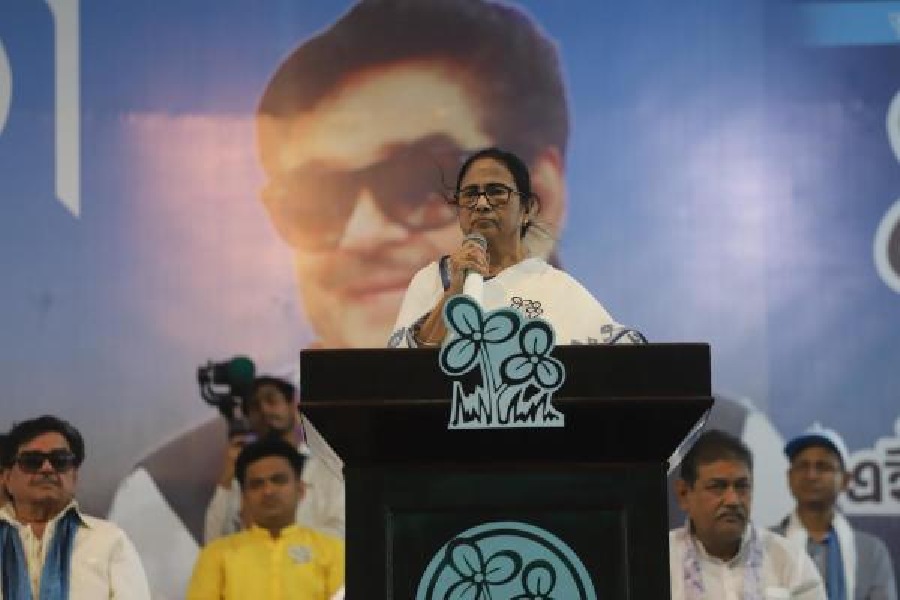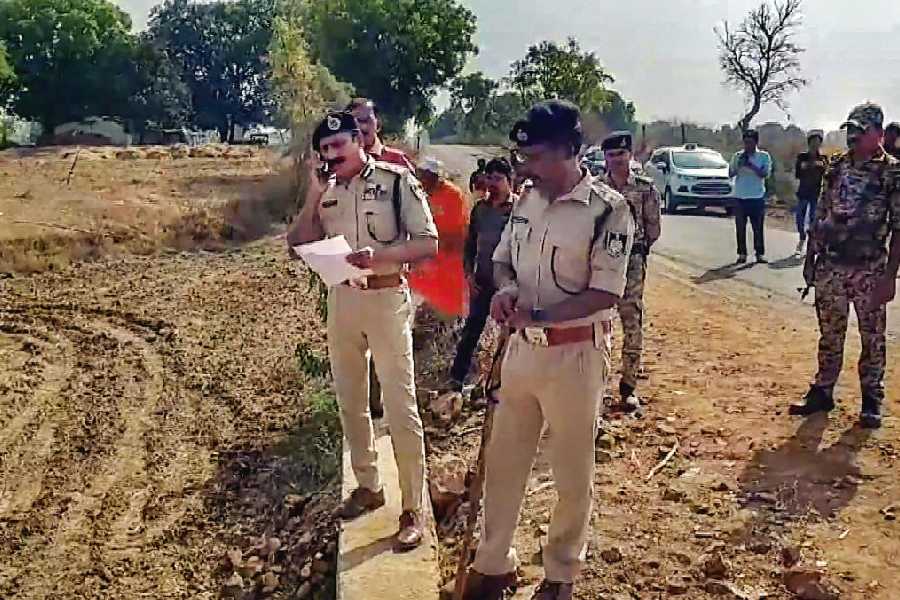Scared thin
Sir — Even though most of us enjoy getting spooked, watching horror films can trigger the flight or fight response in many, exacerbating underlying stress. But not all stress is bad. A study conducted by the University of Westminster has shown that the physical experience of watching a 90-minute horror flick marked by screaming and jump scares can help burn about 150 calories. This is equivalent to a quick jog or a 30-minute walk. While this may motivate even the fainthearted to sign up to watch horror movies, one must also be mindful of the weight gained from snacking during such screenings.
Surbhi Nayar, Bengaluru
Stern provision
Sir — A stringent penal provision in the recently passed Bharatiya Nyaya Sanhita that stipulates up to 10 years of jail time and a fine of seven lakh rupees in hit-and-run cases had led to a nationwide strike by truck drivers. The concerns raised by the truck drivers warrant scrutiny. Most truckers are underpaid and do not have the means to pay such an exorbitant penalty. It was thus an oversight on the part of the government to have introduced such a draconian provision without discussion with the stakeholders. The strike — it has now been called off — caused massive disruptions in the supply of essential commodities and fuel.
The provision aims to penalise truck drivers for negligent driving and fleeing from the spot without reporting the accident. But a majority of the drivers have contended that lingering at the accident site makes them vulnerable to mob lynching. The government should revisit the legislative measure and adopt a more balanced approach.
Zakir Hussain, Kazipet, Telangana
Sir — Statistics show that hit-and-run incidents constitute about 30% of all road accidents in India. The severe punishments for hit-and-run cases in the Bharatiya Nyaya Sanhita are thus understandable. As per official data, 1.5 million Indians lose their lives annually owing to road accidents. This is disconcerting. Road safety has become a grave concern and must be accorded greater seriousness. Strict measures should be implemented to ensure responsible driving.
Kirti Wadhawan, Kanpur
Timeless comedy
Sir — The article, “Shared table” (Jan 2), by Carol Schaeffer which discussed the enduring appeal of an obscure British comedy sketch, Dinner for One, in Germany was intriguing. The premise of the skit and its characters, the elderly Miss Sophie and her four deceased guests, are poignant and relatable for most senior citizens. The skit reminded me of another story I read: an elderly Bengali couple prepares the house for an imaginary visit by their son who lives abroad; the woman tidies up the son’s room while her husband goes to the market to buy his favourite fish.
Amit Brahmo, Calcutta
Sir — “Shared table” by Carol Schaeffer iterated how an old British comedy transcended borders to become a fixture of New Year’s Eve television programming in Germany. While the skit is popular for its portrayal of British traditionalism and humour, the references to British colonialism in the sketch elude most Germans.
Sukhendu Bhattacharjee, Hooghly
Two faces
Sir — In “Heed the words” (Dec 30), Ramachandra Guha astutely discusses the devastating impact of the construction of the Vizhinjam seaport in Kerala. Backed by the progressive Left Democratic Front government, the project is ruining livelihood opportunities for the local communities and the small-scale industry of the region. Such a mismatch between ideology and action is nothing new for the Left. The acquisition of farmers’ land in Singur for a proposed Tata Motors automobile factory under the aegis of the then-Left Front in West Bengal is another example of this.
Doublespeak has become a mainstay of Indian politics. It is time that the voters see through the sugar-coated words of politicians and hold them accountable.
Agnishwar Bhattacharya, Hooghly
Greener pasture
Sir — Quoting data from the United States Customs and Border Protection, the Centre recently informed Parliament that close to one lakh Indians tried to enter the US illegally last year. The traffic of illegal migrants seems to have picked up in anticipation of the possible return to power of Donald Trump in 2024.
Awareness should be created about the risks of illegal immigration and stringent steps taken to curb the activities of agents. Authorities must realise that the best way to curb emigration is to make the living conditions better in the home country.
Shovanlal Chakraborty, Calcutta
Real threat
Sir — There has been a significant rise in deepfake videos of political leaders and celebrities. This is leading to an erosion of public trust. India is among the top five countries vulnerable to deepfakes. The government’s four-pronged approach to address the rising menace of deepfakes is thus welcome.
Ibne Farooq, Varanasi










